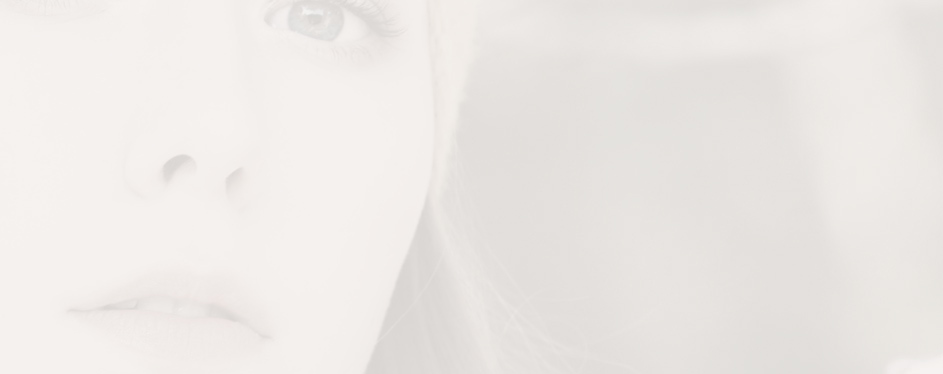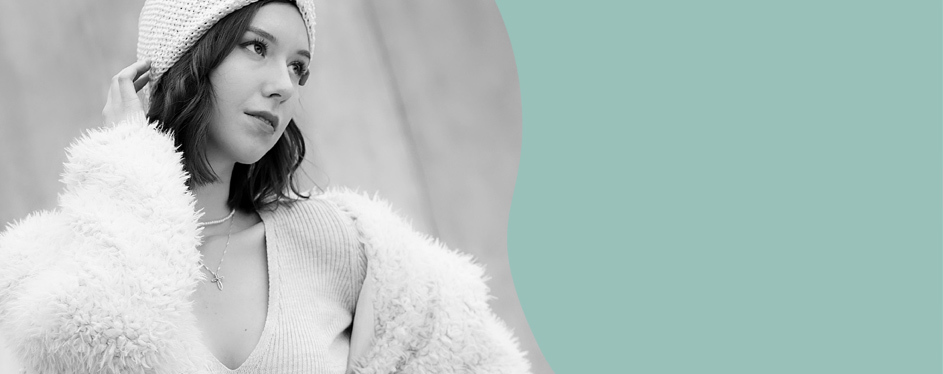FAQ
How to use and care for Herbe Design products?
Proper care of products made of natural yarns extends their use. That is why:
- 1. choose gentle washing agents with a neutral pH, preferably wool products.
- 2. wash by hand at a maximum temperature of 30 degrees by kneading. Friction, rubbing destroy the weave and distort the fibers.
- 3. after washing and slightly twisting it in a towel, lay out the knitted fabric, giving it the right form (wool has the ability to remember its shape), and dry it lying down.
- 4. after the season is over, wash the product and add a few drops of oil, e.g. lavender, to the last rinse
More about the products
You will not find a gram of harmful chemicals in natural HerbeDesign products. The production of yarn, its dyeing and finishing are based on natural processes that have been known for centuries. High-quality merino, alpaca, angora wool, silk and cashmere are the so-called protein fibers of animal origin. I also reach for cellulose fibers derived from plants - cotton, linen, hemp, nettle and viscose.
I look for the highest quality and often niche producers from around the world who offer luxury yarns such as Noro from Japan, Malabrigo from Uruguay or Debbie Bliss from Great Britain. And although each of my products involves a time-consuming and costly process, the products “repay you” at the first touch. With unusual color and softness that covers even the most sensitive skin.
I dye fabrics and yarn myself, based on many years of experience and extensive knowledge of the so-called dyeing plants. These processes are somewhat reminiscent of alchemical activities. They require a well-equipped workshop and skills. The process begins with the treatment of the material with, for example, alum or self-produced soy milk. These treatments help the dye penetrate, bind to the fiber, and maintain the color. The next steps are the preparation of a dye bath, dyeing, possible color modification, washing and drying. There are also dyeing processes that are astonishing. Any examples? Indigofera tinctoria - a legume plant that produces a blue dye in a long process of fermentation and oxidation. After being extracted from the dyeing vat, the material undergoes a transformation in contact with oxygen, acquiring an intense blue color. Indigo is also used for two-step dyeing to obtain green colors.
In my workshop full of dyes also from the nearest meadows and gardens, I experiment and constantly discover new color palettes. Many nuances affect the color, its intensity, saturation and durability. That is why each piece of fabric and yarn is a specific record of the moment.


